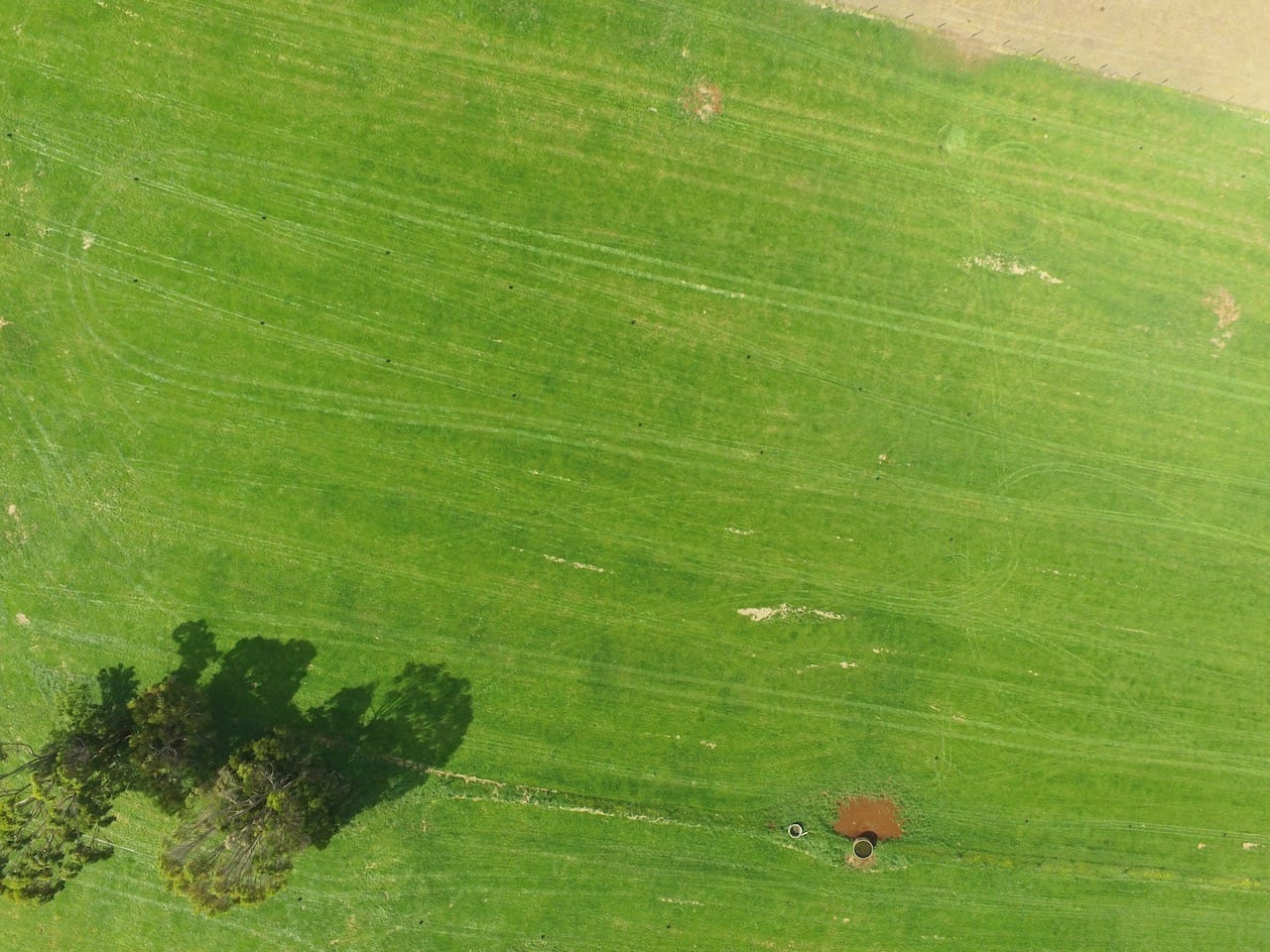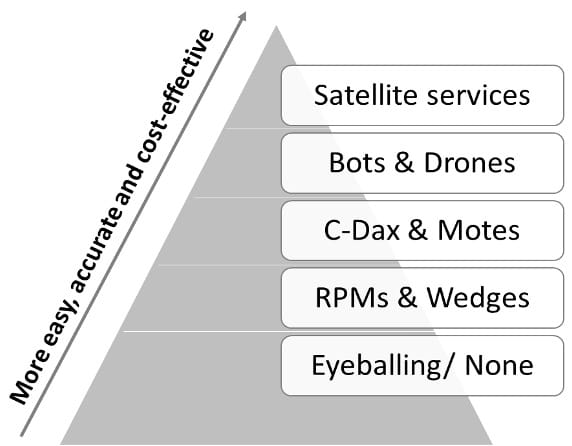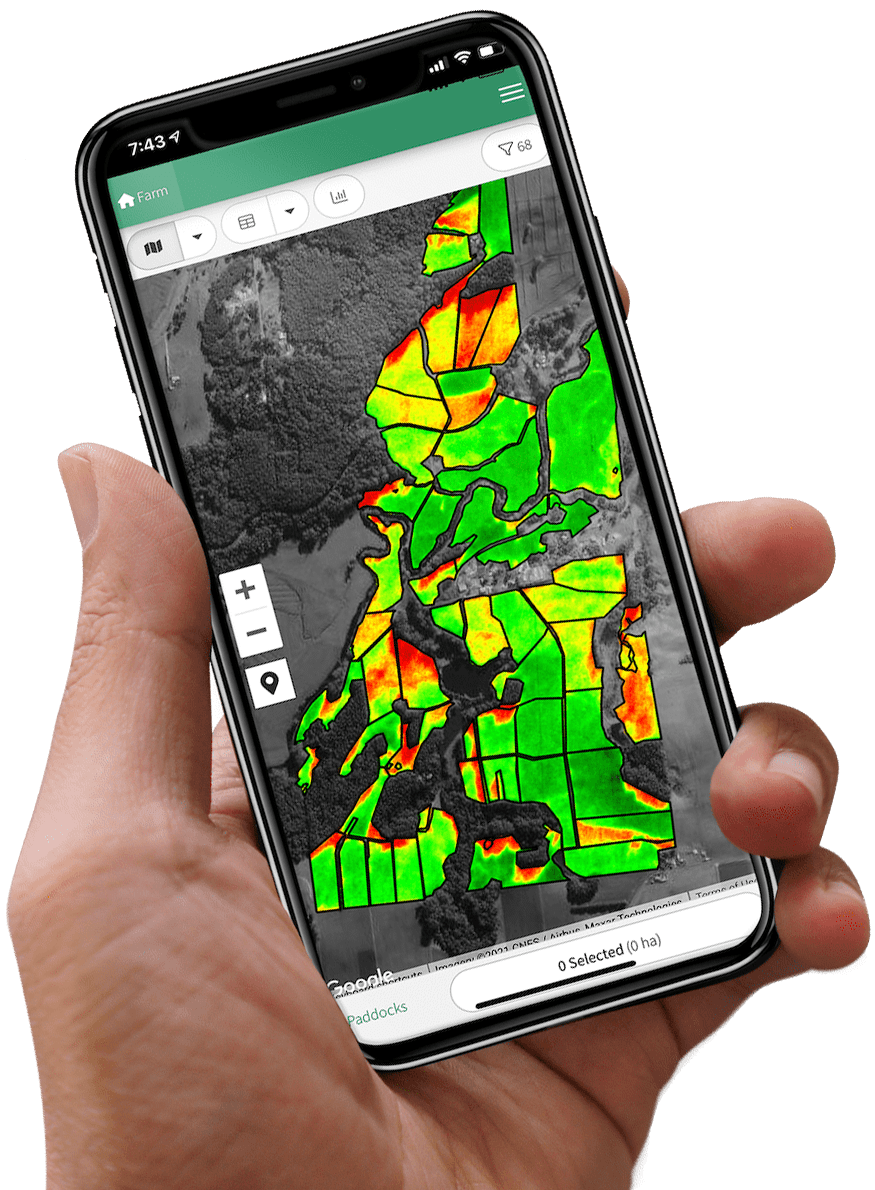Article Summary:
A rising plate meter is used to measure pasture heights. It measures the compressed height of the forage to yield kilograms of dry matter per hectare. This article will answer questions like: What is a rising plate meter? How do you use it? Are they accurate? What are some alternatives? And is there an accurate rising plate meter? Listed below are the benefits and drawbacks of this meter. Before you buy one, make sure you know the details of how it works. Then, you can make the right decision for your farm. Let's find out!
What is a rising plate meter?
How to use a rising plate meter?
Are rising plate meters accurate?
Should I buy a rising plate meter?
What is a poor alternative to a rising plate meter?
What is a better alternative to a rising plate meter?
This article will answer questions like: What is a rising plate meter?How do you use it? Are they accurate? What are some alternatives? And is there an accurate rising plate meter?
Let's find out! Listed below are the benefits and drawbacks of this meter. Before you buy one, make sure you know the details of how it works. Then, you can make the right decision for your farm.
What is a rising plate meter?
A rising plate meter is used to measure pasture heights. It measures the compressed height of the forage to yield kilograms of dry matter per hectare. The height of the plate is dependent on the physical composition of the pasture. There are many factors that can affect the reading of the plate.
A rising plate meter consists of a shaft and weighted plate. It is placed over a grassy surface, which is compressed to support the plate's weight. The shaft passes through the grass, where it will contact the ground. The height of the plate is the distance between the point where the shaft meets the ground and the plate's height. The more complex the plate meter in features, the more expensive it will be.
Here are some tips to improve your results:
Weeds can cause the rising plate meter to show the reading as "high." If your paddock is pugged, the stems can hold the plate above the ground and create an artificial residual for the meter. The rising plate meter will therefore not provide a true assessment of pasture cover. It is advisable to calibrate the meter and use it after it has been re-calibrated.
When choosing forage, it is important to understand the differences between types. The timothy grass has higher stiffness than perennial ryegrass, so it is expected to increase the resistance of the plate meter. Rough meadow grass is softer and bends easily, so its resistance to the meter is relatively low. This difference between the two types of grasses is important because it will affect the yield of the pasture.
Rising plate meters measure heights at intervals of 0.5 cm to 1 cm. A single reading can represent up to 90% of the pasture's total area, so you need to take a representative sample. If the pasture is very variable, you should take at least 30-40 compressed height readings across the paddock. Higher variability will require more readings. You can also try zig-zag or regular paces while measuring.

How to use a rising plate meter?
A rising plate meter is a device that measures forage mass and spatial variability. It measures plate height at a rate that is based on the compressed height of the pasture sward. It can be used to determine the amount of forage present in a paddock. The plate rises up a shaft that is vertically positioned. A horizontal notch is made on the bottom of the shaft to rest on the plate.
The measuring device works by taking the compressed height of forage, in order to calculate the number of kilograms of dry matter per hectare (KgDM/ha). In other words, it measures the height at which a circular plate rises, as measured by the amount of forage underneath. The rising plate meter is commonly used in New Zealand to measure the amount of forage on a dairy farm.
So, when the user lowers the rising plate meter, the device counts the number of notches it has as it rises - each notch represents half a centimeter and in some cases 1 centimeter as mentioned above.
There are two types of plate meters: the rising and the falling plate meter. The latter requires more engineering and is therefore more expensive. No, just joking. But there are many different names for rising plate meters such as electronic plate meters, falling plate meters, folding plate pasture meter, and many other variations.
Different plate meters come in different price ranges, and as the prices increase, so do the options. But whether you're looking for a cheap or a high-end version, the best choice is the one that allows you to measure forage mass and yield accurately. In this way, you'll know exactly how much grass to offer your livestock.

Are rising plate meters accurate?
A common question that farmers and producers alike often have been, "are rising plate meters accurate?" This question reflects the need to determine how accurate they are in measuring forage mass. There are many ways to do this, including by using a calibration equation to determine the plate height. Here are some examples.
But if you aren't sure if your rising plate meter is accurate, consider these tips.
First, remember that most commercial rising plate meters are better than the eyeball method. Rising plate meters provide a solid repetitive measurement. Your eye doesn't. Generally, you can find different models for different price ranges. The cost increases with the add-ons and features. And, of course, the accuracy of these meters will depend on their use. You should check the specifications before purchasing one to ensure the feature set fits your requirements. Generally speaking, they are more accurate than paper rulers and definitely more accurate than your eye.
Second, consider the type of pasture that you are grazing. For example, timothy grass is generally rejected by cattle during the summer. It also tends to be stiffer than perennial ryegrass, so it is expected to have a higher resistance to a plate meter. Rough meadow grass is softer, which will result in less resistance to the plate meter.
Thirdly, in order to be accurate, plate meters should be cleaned regularly. Several factors contribute to the accuracy of readings but neglecting to clean the shaft and plate during use will yield poor measurements. Wet grass poses the biggest hinderance to accurate pasture measurements. And believe it or not, dusty, dry conditions too, which can also be erosive with the shaft, sleeve, and cog. Make sure you take a cloth when you walk your farm!
Lastly, try a meter that can measure a varying amount of grass, easy to clean and maintain, and lastly walks the fields for you! But in all seriousness, if you've been frustrated by reading inconsistent results from a rising plate meter, you're not alone. The technique you use can make all the difference. Rising plate meters are designed to measure a plate's height and spatial variability. They measure forage as the plate rises, so you can get accurate readings based on the density of your forage. The rise and fall of the plate are similar to walking a paddock.

Should I buy a rising plate meter?
Rising plate meters are great for measuring the compressed heights of forages. They can measure as high as 50 centimeters in height and record a running average. The height of a forage sward is proportional to its mass, so by measuring the standard compressed height of a forage sward, you can convert the forage mass to an accurate stocking rate.
In short, a rising plate meter is a must-have for all farmers who don't have any other better means of measuring pasture covers and growth rates.
So, you can read about an alternative below or if your persist that a rising plate meter is for you, then take a closer look at the features before you buy.
There are many good choices for the average farmer. Some devices include a carrying case and an app. The apps makes it easy to transport and store, and the readings are instantly displayed.
With RPMs that aren't "smart", there are downsides. The downside is that the non-smart meters don't store readings, so you have to perform manual calculations to get an accurate reading. But there are rising plate meters that perform the calculations and push the readings to the cloud. In all seriousness, you can enter the readings into our own pasture and grazing management app at Pasture.io.

What is a poor alternative to a rising plate meter?
Rising plate meters are generally not accurate enough to measure individual blades of grass. You can't tell for sure if you measured 100 small plants, or just one. For this reason, rising plate meters aren't ideal for modern farming practices. They can't be relied upon to measure individual leaves, which isn't practical or necessary.
But there are other, worse options available and let's touch on these.
Eyeball method. Dito.
A second alternative is a pasture ruler. This method also requires calibration, but the procedures are slightly different. A pasture ruler's calibration is simple while a rising plate meter's calibration requires more work. While this may not be practical for every situation, it can be an effective alternative for those who don't want to spend time calibrating the rising plate meter. In New Zealand, rising plate meters are used extensively to measure pasture density and there might be an equation that fits your scenario well.
Another option is an electronic pasture probe. These meters measure the mass of forage and estimate their mass using proprietary equations. Rising plate meters remove the subjectivity that is associated with measuring forage mass. However, the rise and fall of the plate will cause a compressed sward height that is 0.6 times the height of the ruler. A rising plate meter will provide accurate results and allow for better management than an electronic pasture probe and hence why we won't discuss this any further.

What is a better alternative to a rising plate meter?
A rising plate meter allows you to determine the dry matter content of pastures without requiring large numbers of samples. Although it is not required to collect a large number of samples, it is recommended to do so in order to calculate pasture density with some degree of accuracy.
Knowing how much dry matter a pasture contains will allow you to make more informed grazing decisions, improving both the performance and profitability of your livestock farm. Forage mass and density is an important indicator of pasture health and yield, and rising plate meters can be an ideal tool to measure them accurately.
But, there is a better alternative to a rising plate meter.
Pasture.io offers an automatic pasture measurement solution using machine learning and artificial intelligence to generate daily pasture readings. These readings are supplied in the farm management and grazing decision support tool, which can be accessed on your phone, tablet, and computer.
The service, removes the need for any labour walking the farm once a week, and the best part is that you get many more numbers on your grass to build a picture from.
The app is satellite backed and looks across the entire paddock, not just a transect that is walked.
Today, there are farmers across the world who have done away with the rising plate meter and are utilising the automatic pasture reading service. It is simple to use and quick to join.
This brings us to the end of this article. Until we meet again, Happy Measuring!
- The Dedicated Team of Pasture.io, 2022-04-12